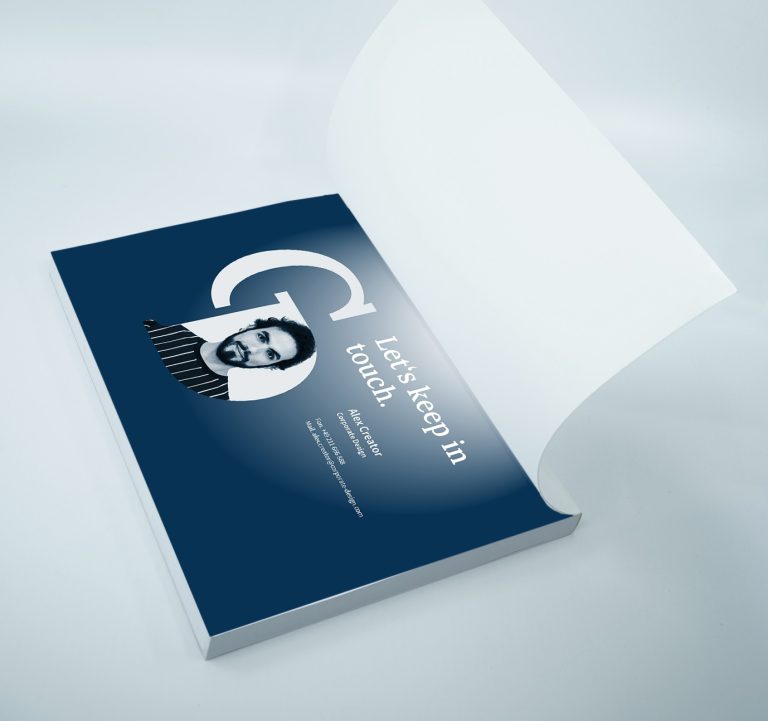Your PowerPoint presentation as a handout
At some point, you may want to hand out your presentation in paper form or perhaps electronically. This may sound simple, but there are a few things you should consider first. In our experience, there’s more to this than simply clicking “print” or “attach file”. Why? As is so often the case – the devil is in the detail.

When might you want to use a handout?
When might you want to use a handout?
- As advance information prior to a particular presentation
- As a reminder, after the presentation has taken place
- Immediately before the meeting or seminar begins, so that people can make notes during the presentation/event
- To give to a conference organizer in advance for their approval, or so that they can circulate it to the participants
Does there always have to be a handout?
Although a handout might seem to be a fairly insignificant by-product of your PowerPoint presentation, it’s still important to think about the aims and tactics of using one. If you want to provide a handout, here are some general thoughts and questions regarding the right time to circulate it and the psychological aspects.
In general
- Do your printed slides speak for themselves? Perhaps they’ve been designed to provide a visual accompaniment to your presentation. Experience shows that a presentation often doesn’t work well as a handout, and that you have to edit and expand your slides into a usable handout.
- What about the background you’ve chosen for your slides? Is it suitable for printing and making notes on, or is it too dark?
Before, during or after – according to the situation
- A meeting organizer wants to see your slides in advance. Just to check that you’ve followed his briefing instructions, and so he can prepare a download or handout to circulate to participants. That’s understandable, but you should still ensure that your presentation is not made available to participants before the date itself, so you don’t end up giving a talk that everyone already knows.
- You circulate your presentation in advance as a kind of agenda, so that everyone knows what it’s about and what to expect. Please don’t! Make the effort to prepare a separate agenda. Nobody is really interested in hearing about something that they’ve already read. Furthermore, they might not have interpreted your slides as you intended, and may come to the presentation with false preconceptions or with their minds already made up. Reversing this will cost you a lot of energy.
- You circulate a handout of your presentation immediately before you begin. Consider carefully whether this is appropriate in your particular presentation situation. You can be sure that your audience will immediately start leafing through the handout and anticipating what you’re going to say, instead of focussing on you and your presentation. It might be better to distribute paper copies of particular slides as and when you need them. To illustrate or support a point – or simply as a dramatic device to physically focus the audience’s attention onto something important. Ensure that the slide layout gives people space to make notes. In the case of longer training seminars, it may help participants to have the most important slides at the beginning, e.g. as two-to-a-page handouts with space for notes. Remember, though, that making things easy for your audience generally means they retain less of what they should be learning: the physical process of note-taking helps people commit things to memory.
- You circulate your presentation after the event as an aide memoire. Remember to edit it accordingly (e.g. with your contact details on the last slide) and make sure the printout is easy to read.
- If you want to distribute your presentation after the event in electronic form, a PDF file is a good choice. Depending on the situation and the recipient, it might be a good idea to add a footnote with your copyright. Just to be on the safe side.
Although providing a handout seems a simple enough idea, you should definitely give it some prior thought. It can help you attain your presentation goals – but when used incorrectly, it can hinder you. Don’t leave things to chance!